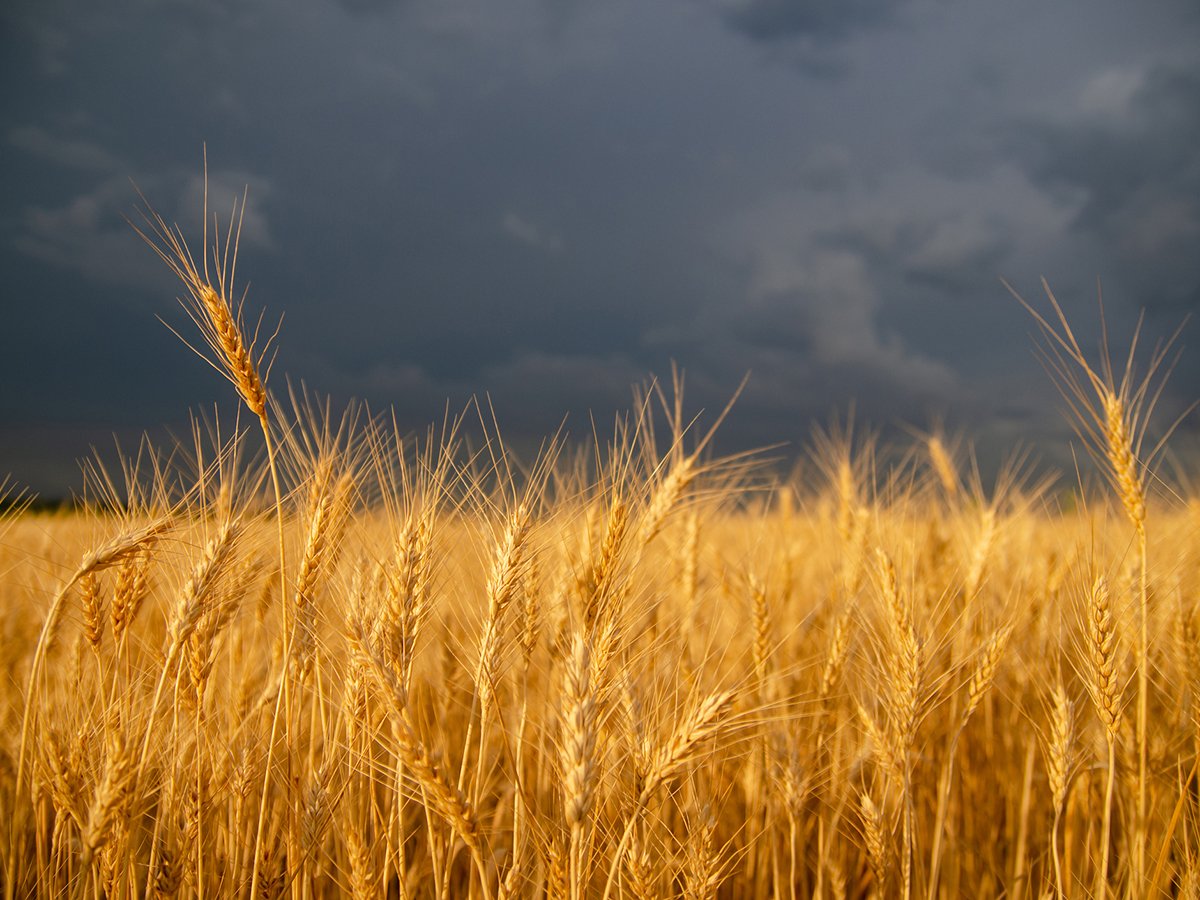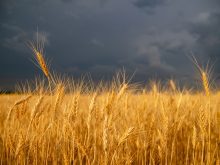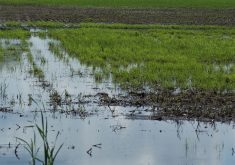Vosters is a cattle producer from Marquette, Man.
I want to respond to Paul Beingessner’s article, “Livestock support sorely needed” (WP, Jan. 8).
I also want to give you some additional food for thought. I have been a cattle producer (cow-calf) since 1992.
After starting from scratch, which is difficult enough, several years of BSE and now country-of-origin labelling (in the U.S.), I see no future in the industry and have encouraged all my kids to pursue something other than farming. Let me share my perspective on the current state of affairs.
Read Also

Late season rainfall creates concern about Prairie crop quality
Praying for rain is being replaced with the hope that rain can stop for harvest. Rainfall in July and early August has been much greater than normal.
The Harper government has completely abandoned cattle producers. I guess they feel if they bury their heads in the sand, the issues will disappear.
Although I find their lack of concern somewhat ironic. You see, back in April 2007, I received my regular newsletter from my Member of Parliament, Mr. James Bezan. In it he wrote that he was pushing for a cull cow program for the beef industry, similar to that offered to the swine industry, but was deterred from this position after discussing this option with industry representatives.
He was told that the size of the cow herd was required in order for the entire industry to remain competitive and sustainable.
That being the case, why has this government not offered considerable support to primary producers who remain the backbone of this industry?
If we were so essential to the entire industry then, we must certainly still be essential today. If the size of the cow herd was so vital, how come nothing is being done today to save it?
I also would really like to know which industry representatives he refers to? Possibly he only spoke with the feedlot and packing industry? They obviously like to keep and maintain their captive supply.
As for the Canadian Cattlemen’ Association, they’ve been in bed with the feedlot and packing industry for years. They certainly do not represent the voice of primary producers.
I can tell you quite emphatically, when you are facing economic survival on the farm, we are not worrying about the packing industry nor any backlash under the World Trade Organization. The United States does what ever it wants anyway. Any government assistance is welcomed.
Please don’t tell me to apply for AgriStability, either. This program is possibly the worst program since the inception of Agricultural Income Disaster Assistance.
Someone needs to push this government for some numbers. What is the payment percentage in 2007 AgriStability, thus far? How does this compare with past years? Don’t just publish average payment values either, as this can be very, very misleading.
What we need is the number of payments falling into certain payments categories, so people can tell where these funds are going.
For instance, the number of payments less than $10,000, the number between $10,000 and $50,000, the number between $50,000 and $500,000, and finally the number of payments over $500,000.
Since the government forced mandatory accrual reference years upon all applicants, it is my belief that thousands of participants no longer qualify and those that still do will receive much lower program payments.
After repetitive bad years, many producers have zero margins left. In fact, many years are in the negative. By locking in these mandatory reference years, this administration has virtually eliminated thousands of producers from qualifying.
It’s like crop insurance, where if you have repetitive claims year after year, your level of coverage declines by 20 percent per year. After four to five years you have no coverage left.
Kind of like insuring the family house after it has burned to the ground.
The payment categories will also prove something else I have long felt – that the government bureaucracy, behind these programs, want benefits to go to the very large operations, not family farms.
Politicians routinely claim the underlying goal is to save the family farm because they know that taxpayers generally support this concept. But what if the substantial effect of these farm income programs is vastly different than this idealistic goal?
What if the majority of benefits are paid to very large operations, many of them corporate structures such as factory hog barns? Would the taxpayer still support such large subsidies?
Another bone of contention: whatever happened to the long promised production insurance for livestock?
Cattle producers have no chance of even partially maintaining their reference margin in AgriStability without it.
This promise was included in the Agricultural Policy Framework agreement, as part of their statutory requirements, and yet it never materialized.
I guess if no one pushes them, they don’t need to respond. These are serious questions that need to be answered.
















